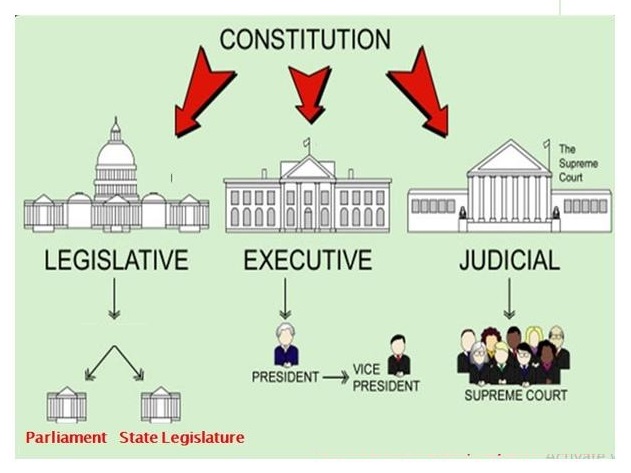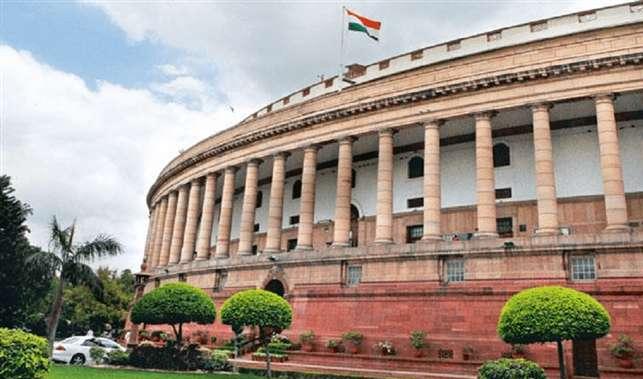Updated By: LatestGKGS Desk
Constitution: The Preamble, Fundamental Rights and Duties, Directive Principles

Constitution: Salient Features of the Constitution of India, The Preamble, Fundamental Rights and Duties, Directive Principles
The Constitution of India is considered a specific constitution throughout the world. It is the world's largest written liberal democratic constitution. It provides for a mixture of federalism and Unitarianism, and flexibility and with hardness.
The salient features of the constitution of India are as under:-
The preamble of the Constitution: The Constitution of India begins with a Preamble. The Preamble includes the ideals, objectives and basic principles of the Constitution. The salient features of the Constitution have been developed directly and indirectly through these objectives which are flowing from the Preamble.
The Preamble describes the objectives of the Constitution in two ways: one, is about the structure of the governance and the second thing is it tells the ideals to be achieved in independent India.
Fundamental Rights and duties: The Constitution of India provides and guarantees Fundamental Rights to its citizens. This is called the Indian Bill of Rights. Initially, seven Fundamental Rights were given, but after the removal of the Right to Property from the list of Fundamental Rights (44th Amendment Act 1979) their number came down to six.
Directive Principles:- The Directive Principles of State Policy. A unique aspect of the Constitution is that there is a comprises of a chapter in the Directive Principles of State Policy. These principles are in the nature of instructions to the government to implement them to maintain social and economic democracy in the country.


